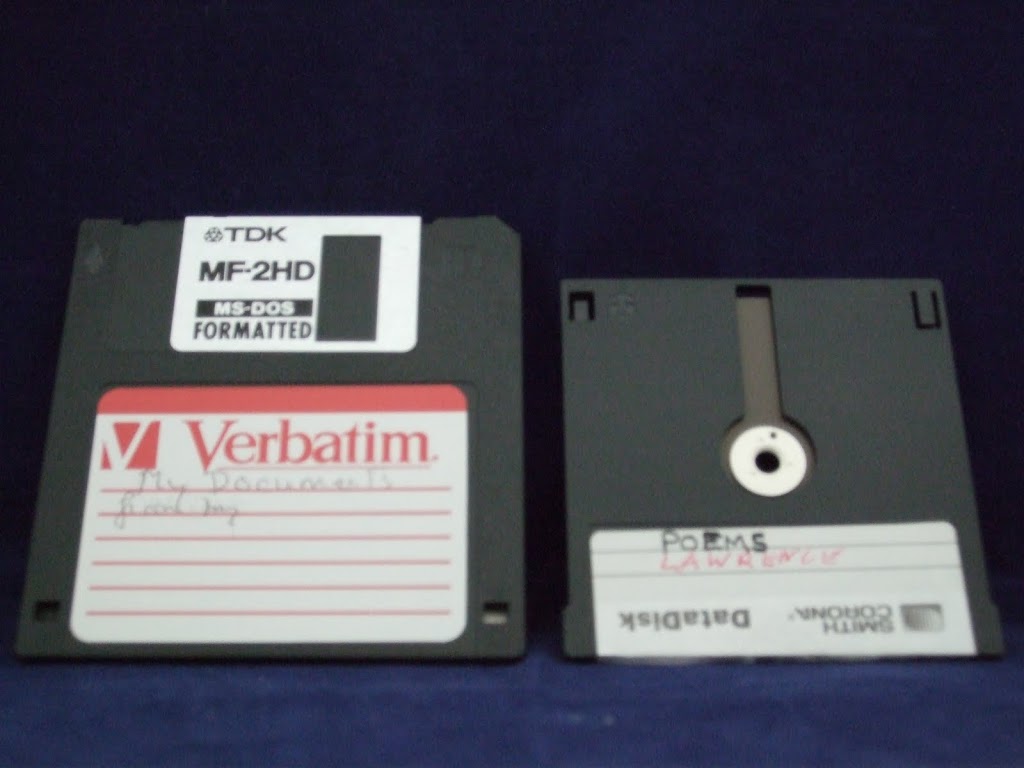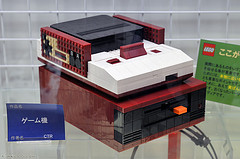3 inch Disks (Mitsumi ‘Quick Disk’)
|
Type:
|
Magnetic storage media
|
|
Introduced:
|
?1985
|
|
Active:
|
Unlikely.
|
|
Cessation:
|
Used in the 1980s.
|
|
Capacity:
|
?128KB – 256KB
|
|
Compatibility:
|
Requires a 3” drive appropriate to the manufacturer’s specifications.
|
|
Users:
|
Likely to have been individual users and small organisations. Used for word-processing, music and gaming.
|
|
File Systems:
|
Unknown. May vary according to use. The disks were manufactured by Mitsumi and offered as OEM to resellers and used in a range of contexts including Nintendo (Famicom), various MIDI keyboards/samplers (Roland) and the Smith Corona Personal Word Processor (PWP).
|
|
Common Manufacturers:
|
Disks: Mitsumi appear to have made the magnetic disk (the innards), while other manufacturers made the cases. This resulted in different case shapes and labelling. For example Sharp Corona labelled the disks as DataDisk 2.8″.
Drives: Mitsumi?
|
 |
||
| 3.5″ floppy side-by-side with a 2.8″ Smith Corona ‘Quick Disk’ |
 |
||
| Nintendo Famicon disk Some rights reserved by bochalla |
Varied according to disk. The Smith Corona word processing disks are most likely to turn up in an archival collection. These were used in a Smith Corona PWP and possible models nos. include: 3,5,6, 6BL, 7, X15,X25, 40, 50LT, 55D, 60, 65D, 75D, 80, 85DLT, 100, 100C, 220, 230, 250, 270LT, 300, 350, 355, 960, 990, 2000, 2100, 3000, 3100, 5000, 5100, 7000LT, DeVille 3, DeVille 300, Mark X, Mark XXX, Mark XL LT.
 |
||||
Lego mockup of a Nintendo Famicon drive
|
Useful links
http://www.cromwell-intl.com/technical/quickdisk-recovery.html
http://en.wikipedia.org/wiki/History_of_the_floppy_disk
-Susan Thomas
